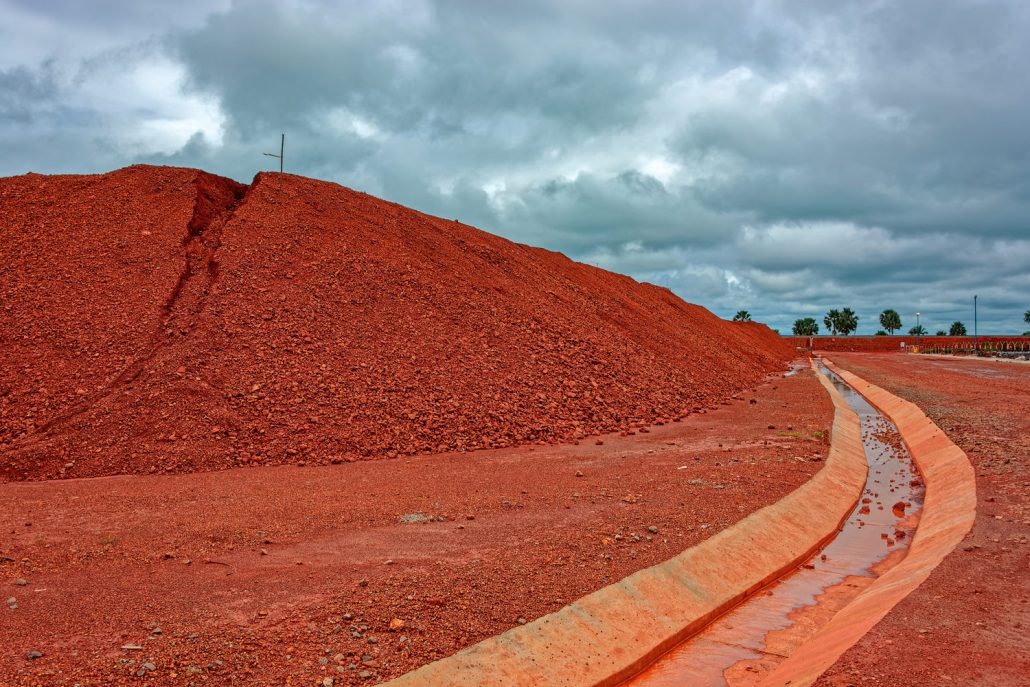
Rio Tinto’s third-quarter results for 2024 highlighted both challenges and successes. The company faced setbacks in copper and aluminium production but saw a significant increase in bauxite output. Despite these challenges, Rio Tinto is on track to meet its annual targets.
Copper Production Faces Challenges but Refined Copper Surges
In Q3 2024, Rio Tinto’s mined copper production decreased by 1% year-on-year to 167,800 tonnes. This decline was primarily due to a 44% drop at the Kennecott mine, caused by ground movement issues. However, the company saw positive results from other key assets. The Escondida mine in Chile and the Oyu Tolgoi mine in Mongolia both posted significant increases in output.
A silver lining for the company was a 59% rise in refined copper production, primarily driven by a 129% surge at the Kennecott smelter, following a significant rebuild. For the first nine months of 2024, Rio Tinto’s refined copper production increased by 39%, reaching 179,600 tonnes.
Aluminium Production Declines Amid Operational Hurdles
Rio Tinto’s aluminium production dropped by 2% in Q3 2024, with the company producing 809,000 tonnes. This decline was influenced by operational challenges at the New Zealand Aluminium Smelters (NZAS). Despite these setbacks, Rio Tinto remains optimistic about the future, with production expected to increase at the Tiwai Peninsula smelter by mid-2025.
Bauxite Production Rises by 8%
Bauxite production, a key raw material for aluminium, grew by 8% in Q3 2024, totalling 15.1 million tonnes. This increase was driven by improved efficiency at Rio Tinto’s Amrun mine in Weipa, Australia. For the year-to-date period, total bauxite production rose by 9%, reflecting strong performance in this crucial segment.
Stable Outlook for 2024
Despite quarterly setbacks, Rio Tinto has maintained a stable outlook for the remainder of 2024. The company expects to produce between 660,000 and 720,000 tonnes of mined copper and between 230,000 and 260,000 tonnes of refined copper in Q4. Rio Tinto’s solid performance in bauxite and refined copper production positions it well to meet its annual targets.
The company continues to focus on sustainability, with investments in renewable energy and efforts to improve the environmental footprint of its operations, ensuring a more sustainable future for the mining industry.











Leave a Reply
You must be logged in to post a comment.